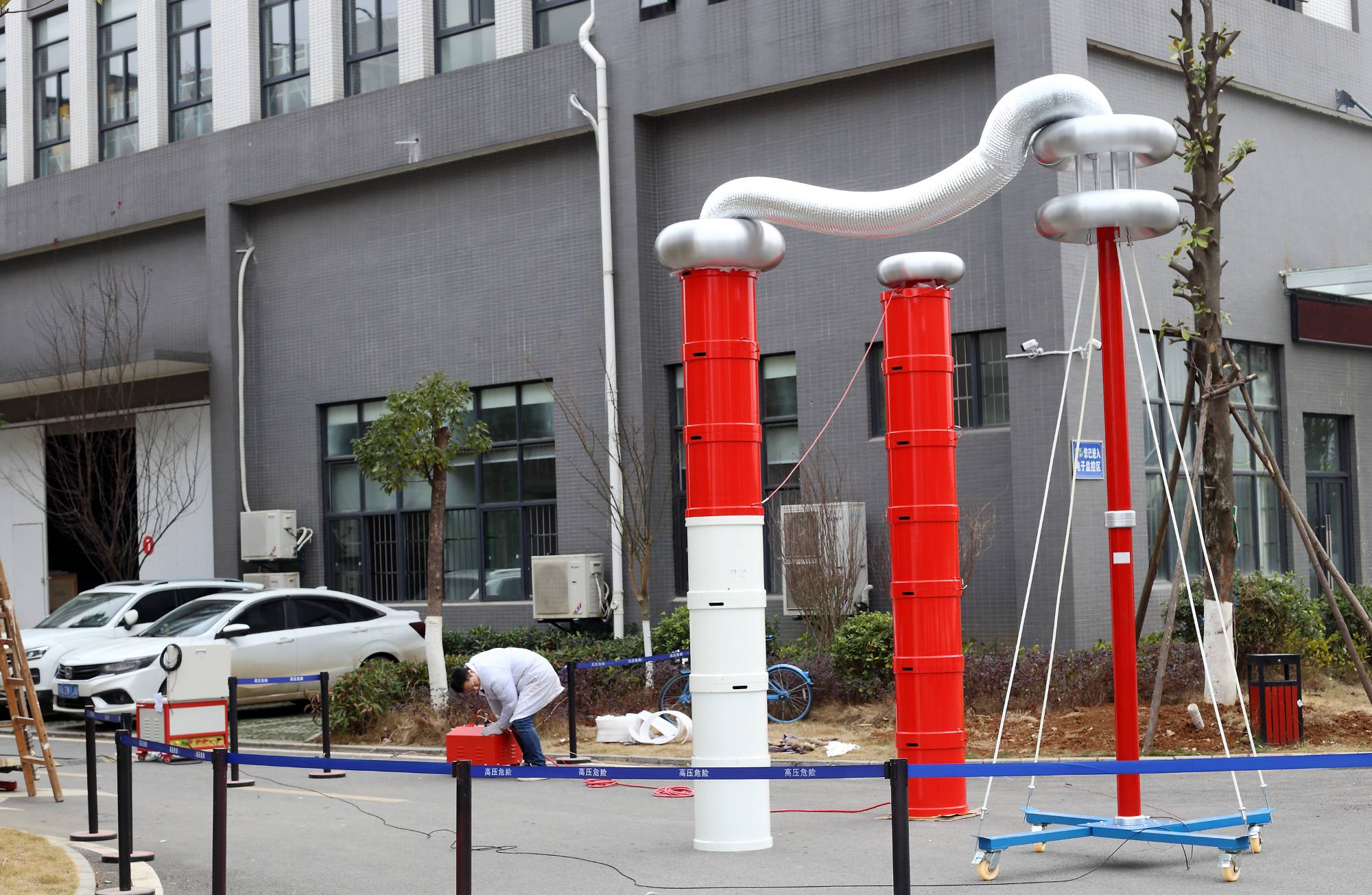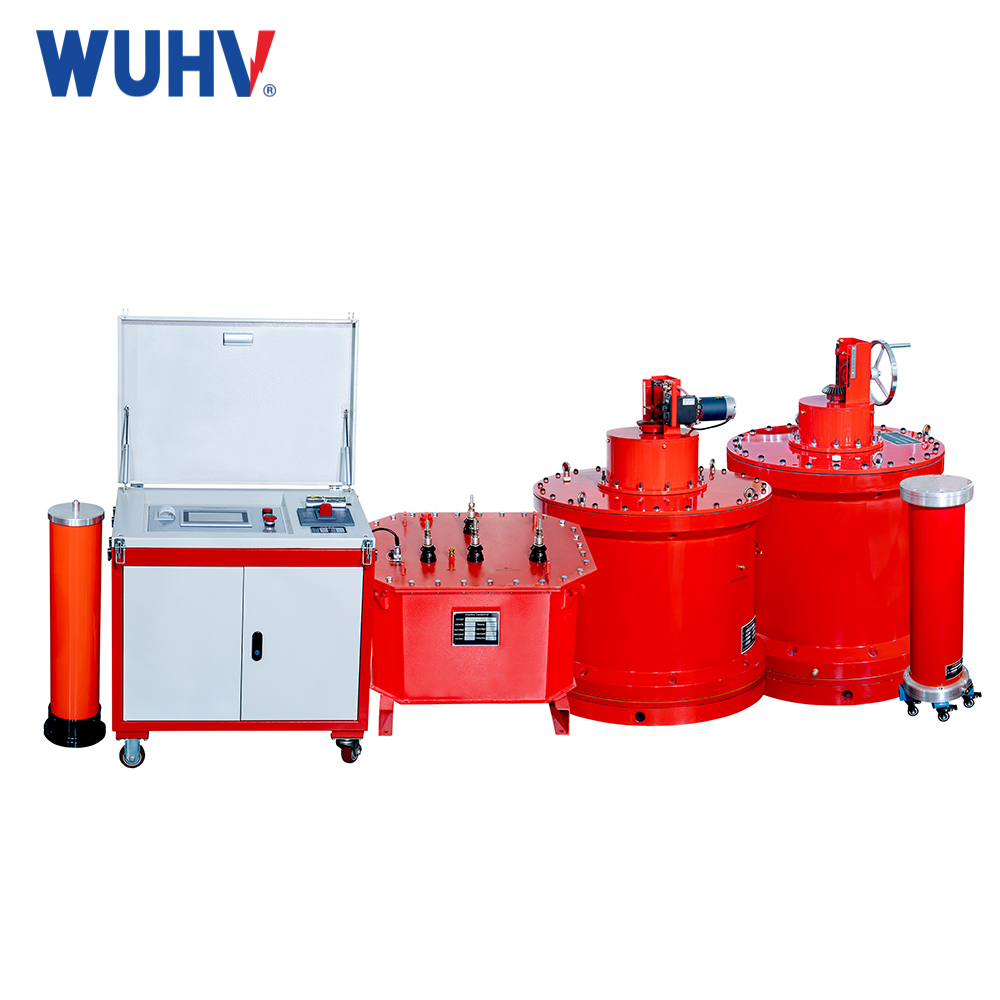Wuhan UHV specializes in producing series resonance (also known as series resonance withstand voltage equipment). Next, we will share with you that LC parallel circuit resonance is equivalent to an open circuit, and series resonance is equivalent to a short circuit.
When in parallel resonance, there are currents on both L and C components, which are equal in magnitude and opposite in phase. Combining L and C together as a whole, this whole has a current of '0' and no current exchange with the external circuit, so it is considered an open circuit. At this point, the resonant circuit can be seen as a two terminal component with infinite impedance. On the contrary, when connected in series, the resonant impedance is 0, which is equivalent to a short circuit.
The essence of resonance is the mutual conversion between the electric field energy in the capacitor and the magnetic field energy in the inductor, which completely compensates for each other. The sum of electric field energy and magnetic field energy remains constant at all times, and the power supply does not need to convert energy back and forth with capacitors or inductors. It only needs to provide energy to the electrical energy consumed by the resistors in the circuit.
When an LC parallel circuit resonates, it is not equivalent to an open circuit, but rather a resistor. It is also known that there is current in the main circuit, so it cannot be an open circuit. The calculation of this resistor is as follows: R=L/C. It's equivalent to a resistor. Parallel connection is L/C, series connection is correct. The resistance calculation is as follows: R=L/C.
Definition of LC parallel resonant circuit:
1. The current and voltage have the same phase, and the circuit is resistive.
2. The series impedance is minimized and the current is maximized: at this point, Z=R, then I=U/R.
3. The voltage at the inductor end is equal in magnitude to the voltage at the capacitor end, opposite in phase, and compensates for each other. The voltage at the resistor end is equal to the power supply voltage.
4. The ratio of the voltage at the inductor (capacitor) terminal to the power supply voltage during resonance is called the quality factor Q, which is also equal to the ratio of the inductance (or capacitance) to the resistance. When Q>1, the voltage on L and C is much higher than the power supply voltage (similar to resonance), which is called series resonance and is commonly used for amplifying signal voltage; But series resonance should be avoided in the power supply circuit.




















